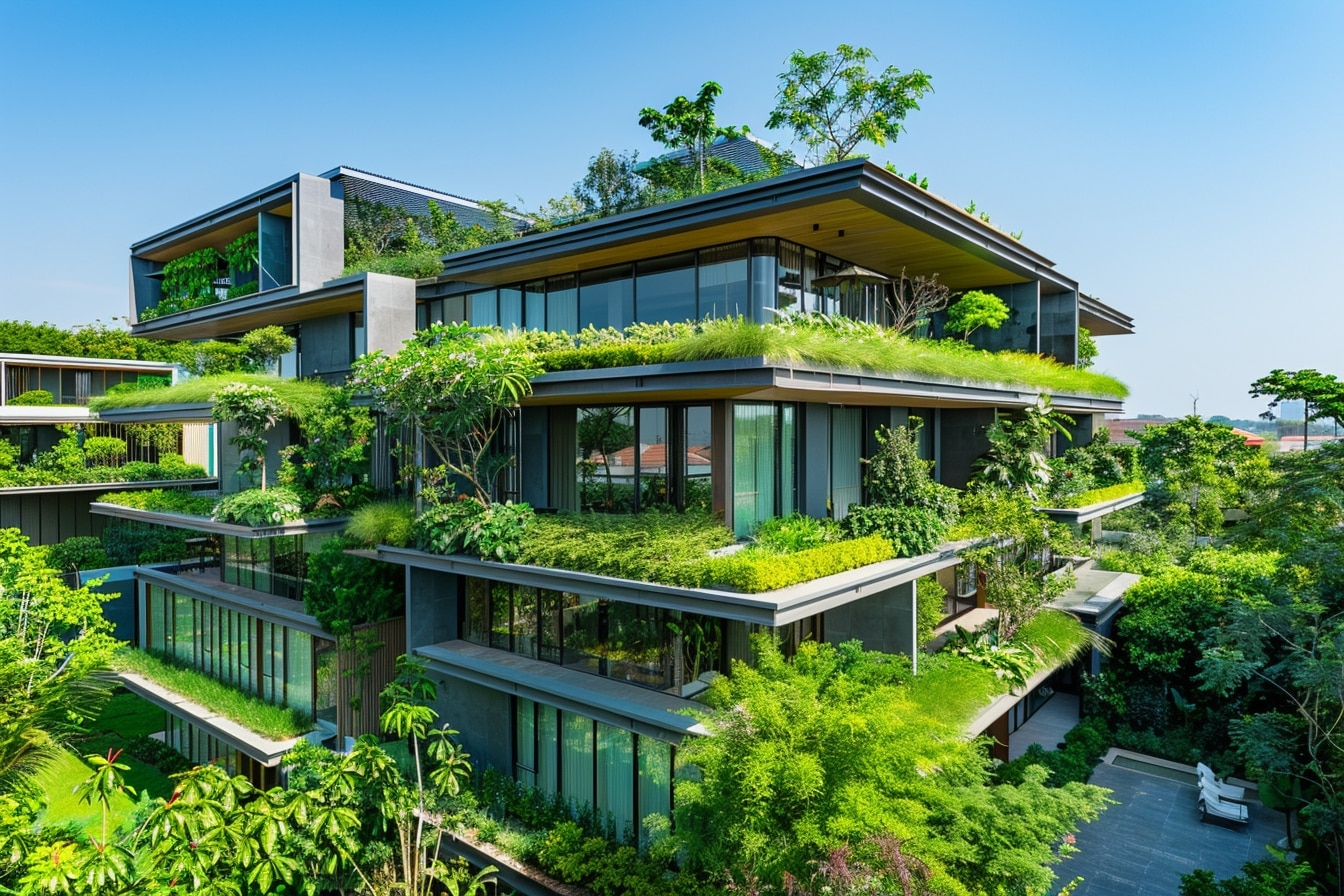

Urban green spaces have undergone a profound transformation over the past century. Once considered mere necessities for basic environmental balance and public health, they are now seen as luxury amenities that enhance the quality of life and contribute to the aesthetic and economic vitality of cities. This evolution reflects broader changes in societal values, urban planning philosophies, and environmental awareness.
Historical Context
Historically, green spaces in cities were primarily about necessity. In the 19th and early 20th centuries, rapidly industrializing cities were grappling with the negative impacts of urbanization, including pollution, overcrowding, and the loss of natural landscapes. Green spaces like parks, gardens, and open areas were established as essential components of urban infrastructure to provide fresh air, recreational opportunities, and a counterbalance to the concrete and grime of industrial life.
One notable example is Central Park in New York City, designed by Frederick Law Olmsted and Calvert Vaux in 1858. Created to offer a respite from the crowded and polluted environment of Manhattan, it exemplified the early understanding of green spaces as a necessary antidote to urbanization’s adverse effects.
Mid-20th Century Shifts
By the mid-20th century, the focus on urban green spaces began to shift. The post-World War II era saw the rise of modernist urban planning, which often prioritized functionality and efficiency over aesthetic and recreational considerations. As cities expanded and the automobile became the dominant mode of transport, many green spaces were sacrificed for roads and commercial developments.
However, this period also saw the beginnings of a renewed appreciation for green spaces, driven by emerging environmental movements and a growing recognition of their role in improving urban life. The concept of “green belts” and “urban forests” started gaining traction, emphasizing the need for preserving natural elements within the urban fabric.
Contemporary Perspectives
In recent decades, urban green spaces have evolved from a basic necessity to a sought-after luxury. This shift reflects a broader societal trend toward valuing quality of life and environmental sustainability. Today, green spaces are integral to the urban lifestyle, influencing real estate values, community well-being, and overall city attractiveness.
One of the key drivers of this change is the increasing awareness of the mental and physical health benefits associated with nature. Studies have shown that access to green spaces can reduce stress, improve mood, and promote physical activity. As a result, urban planners and developers are increasingly incorporating green elements into their projects, not just as an afterthought but as central features that enhance livability.
Modern urban green spaces are characterized by a diverse range of features, including community gardens, green roofs, vertical gardens, and multifunctional parks. These spaces are designed to serve various purposes, from providing recreational areas and fostering social interactions to contributing to environmental sustainability through stormwater management and urban cooling.
The Luxury Aspect
The perception of green spaces as a luxury is evident in the real estate market, where properties with access to well-designed parks and green areas often command higher prices. Cities like Singapore and Copenhagen have become models for integrating green spaces into urban planning, demonstrating how well-maintained and creatively designed green areas can enhance a city’s global image and attract investment.
Moreover, green spaces are increasingly seen as vital to urban branding and identity. Cities compete to create iconic parks and green areas that become symbols of their cultural and environmental commitment. High-profile projects, such as the High Line in New York City and the Gardens by the Bay in Singapore, illustrate how green spaces can be both functional and aspirational, contributing to a city’s unique character and appeal.
Looking Ahead
As cities continue to grow and evolve, the role of urban green spaces will remain crucial. The challenge will be to balance the increasing demand for luxury amenities with the need for equitable access to green spaces for all residents. Future urban planning must integrate green spaces in ways that address both aesthetic desires and fundamental environmental needs, ensuring that these areas continue to contribute positively to urban life.
In conclusion, the evolution of urban green spaces from mere necessities to coveted luxuries reflects a broader shift in societal values and urban priorities. As cities navigate the complexities of modern development, the ongoing transformation of green spaces will play a vital role in shaping their future, ensuring that they remain vibrant, functional, and accessible components of urban life.